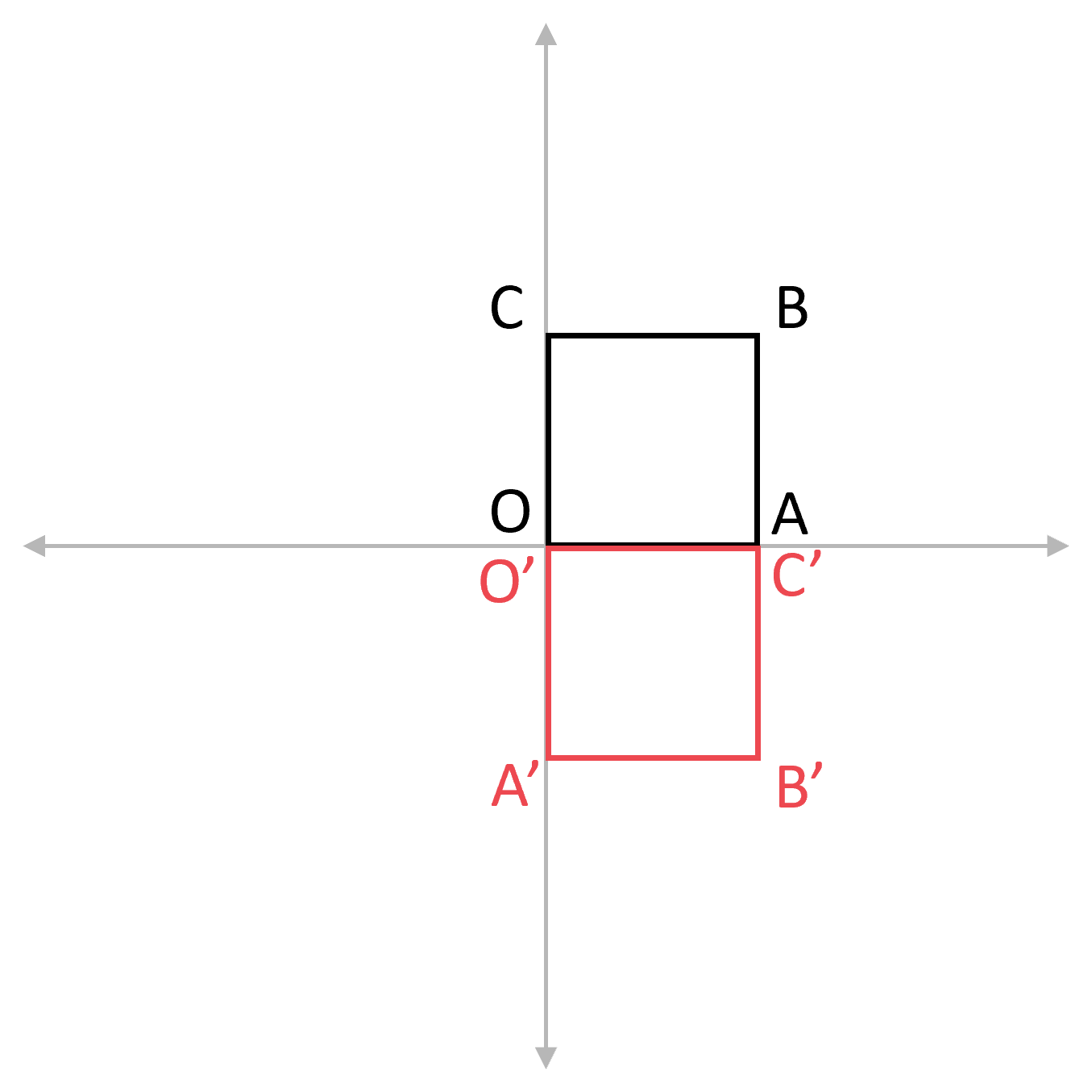Transforming a Point
How do I transform a point using a matrix?
- A point (x, y) in a 2D plane can be transformed on to another point (x',y') by a matrix, M
- (x, y) is the object and (x',y') is the image
- The coordinates of the image point can be found using matrix multiplication
- To transform (x, y) by the matrix
- Write (x, y) as a column vector,
- Use matrix multiplication to work out
, which gives
- Write down the image point coordinates, (x', y')
- Write (x, y) as a column vector,
- In harder questions you may be given the image coordinates, (x', y') and asked to find the original coordinates
- introduce letters (e.g. x and y) for the original coordinates, (x, y)
- use the matrix M to set up and solve simultaneous equations to find x and y
Worked example
A matrix, M, is given by .
Multiply the transformation matrix by the coordinates, written as a column vector
Rewrite the answer as coordinates
You do not know the coordinates of P, so we can write it as
Let
Multiply the transformation matrix by the coordinates P, written as a column vector
This time, you know the image of the point after it is transformed, so can fill this in as the "answer"
Equate the matching elements of the two matrices
You now have a pair of simultaneous equations which can be solved using either elimination or substitution
Use substitution to rearrange the second equation to make the subject
Substitute this into the first equation, and solve to find
Substitute into the second equation to find
P is





